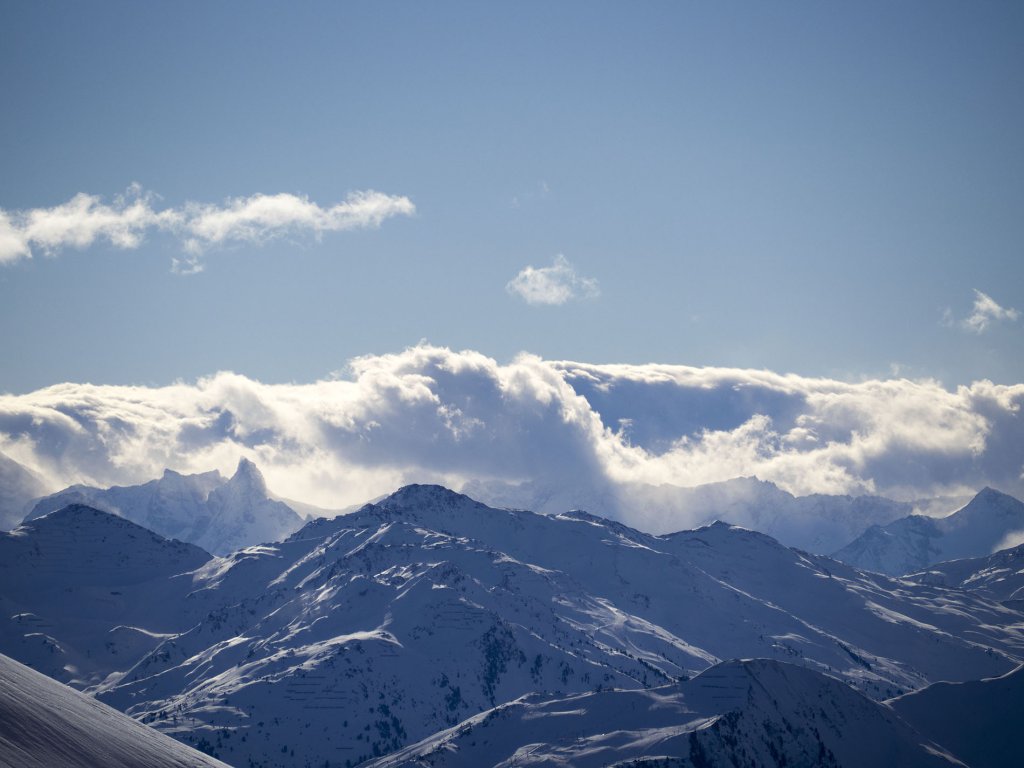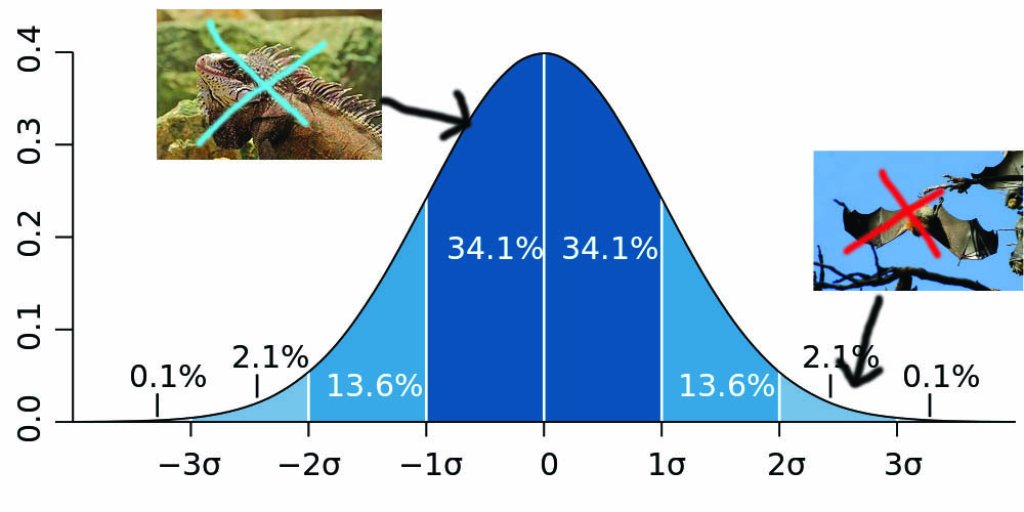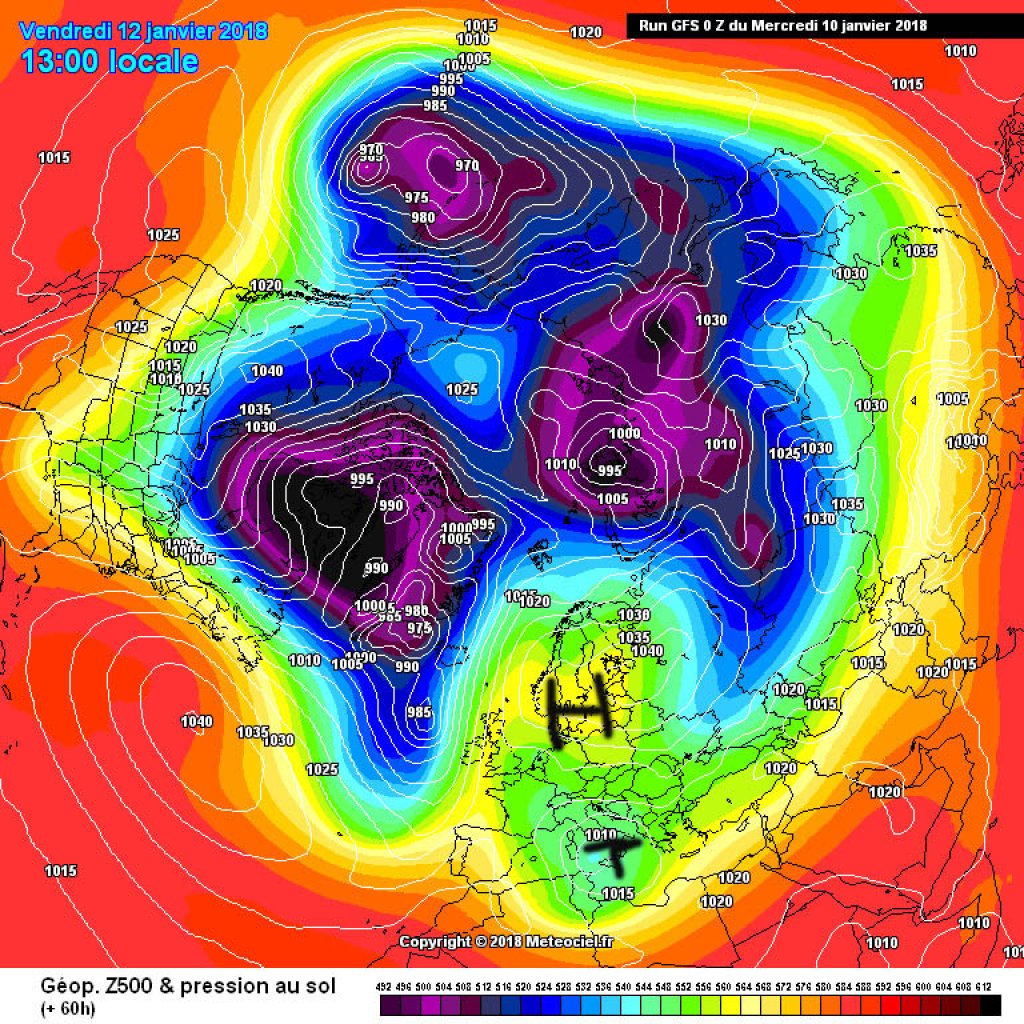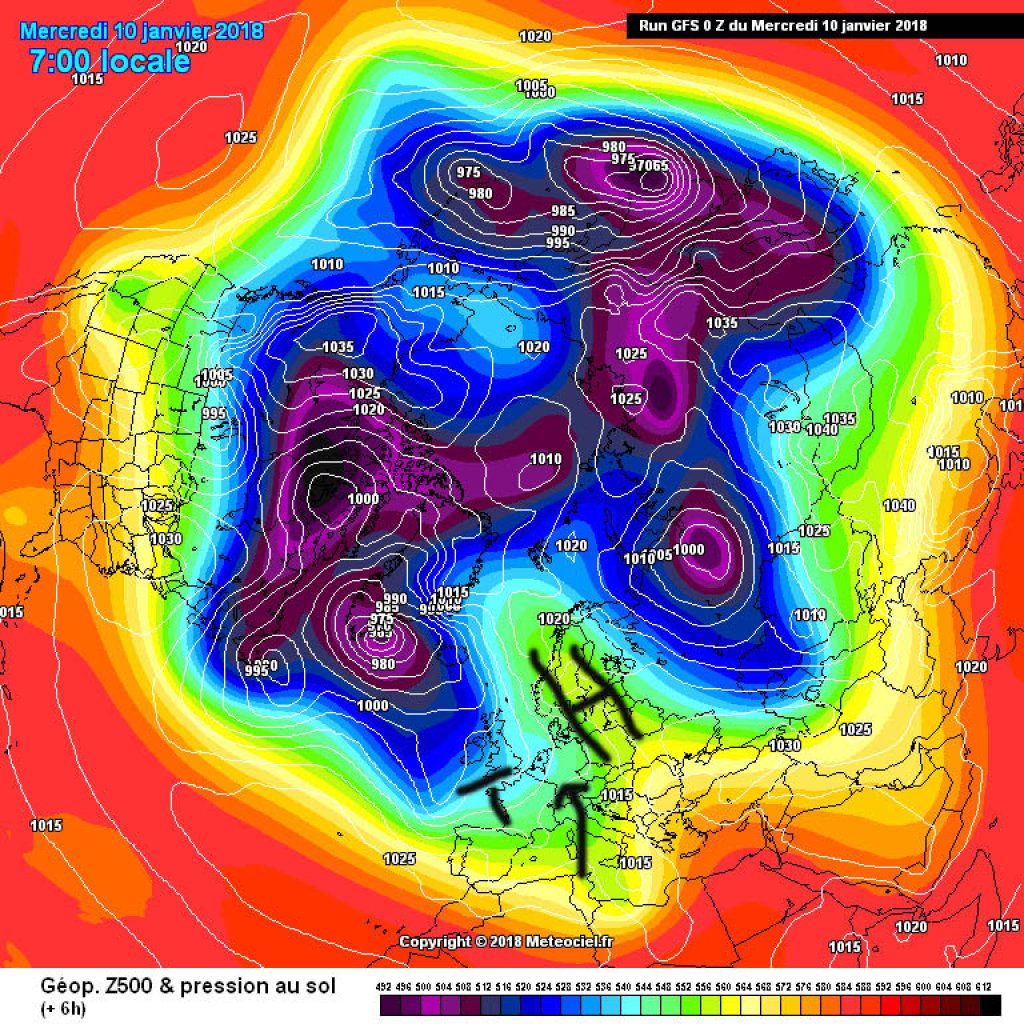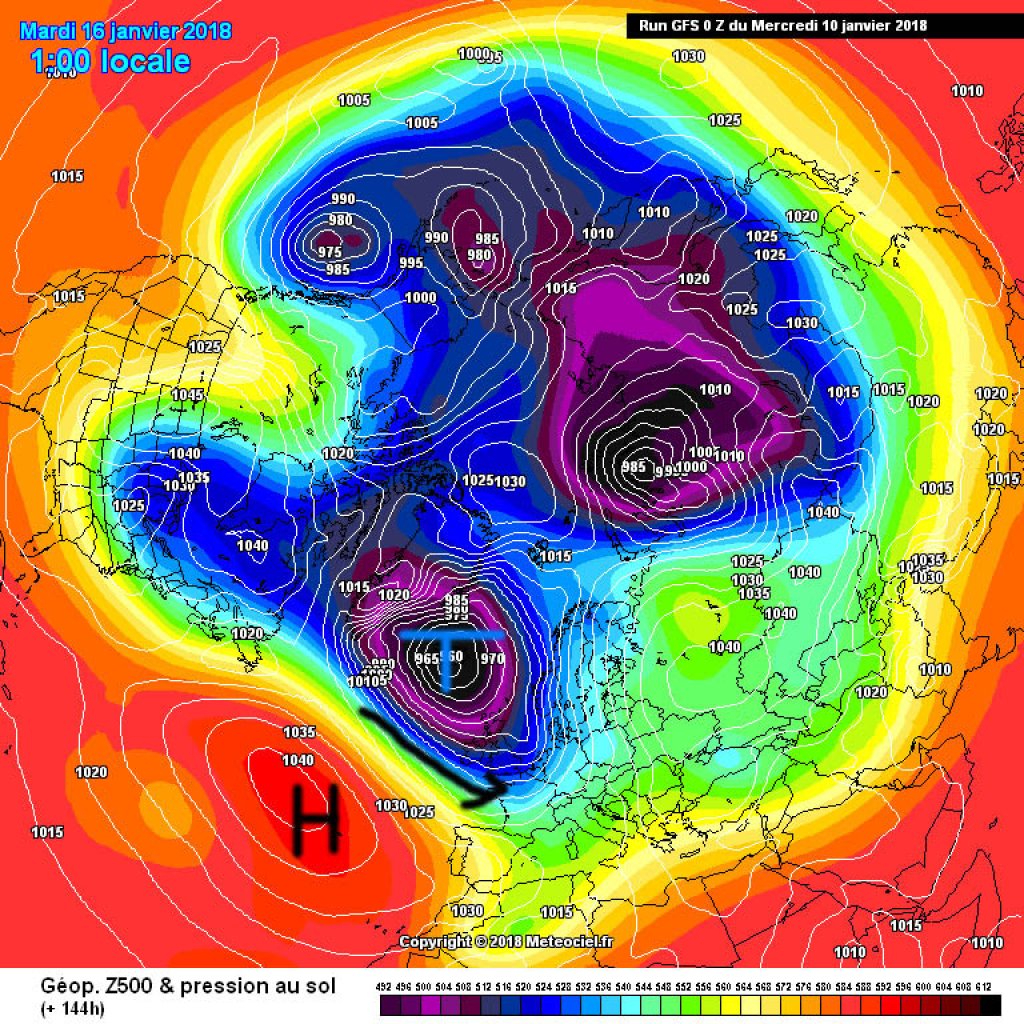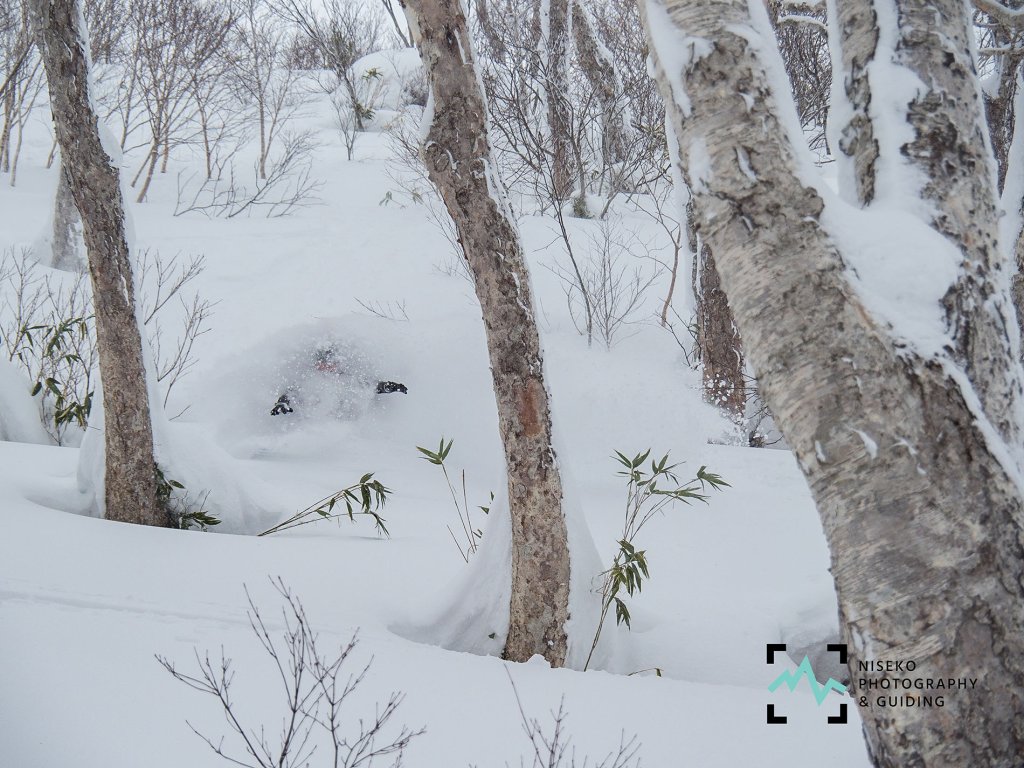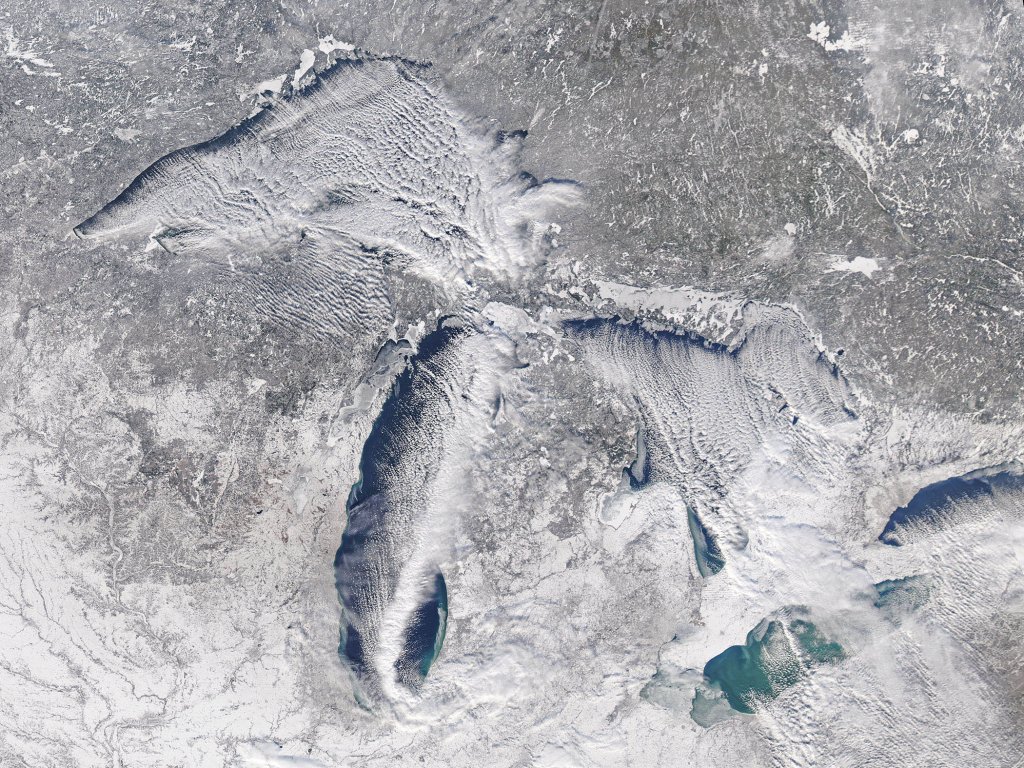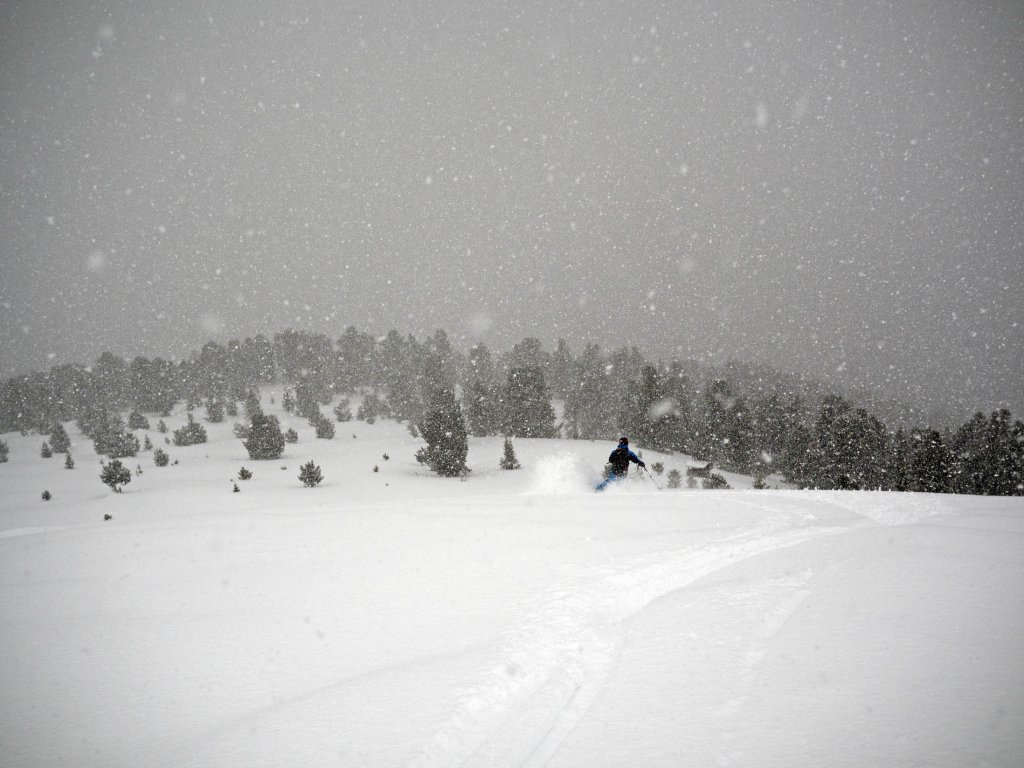When we talk about extremes of any kind, we always implicitly refer to a certain understanding of normality, which is not met in this case. In the case of weather, this is based on measured values from the past. Assuming you have measured and recorded the maximum temperature at location X every day for 100 years, you have 365 x 100 data points (we will ignore leap years as an exception), or 100 reference values for every day of the year. You can therefore compare the maximum temperature of January 10th with the maximum temperature of 99 other January 10ths. If you count how often a certain maximum temperature has occurred on January 10th in the last 100 years, you will find that most January 10ths have the same temperature with a few degrees of variation. In some years, however, January 10th was colder or warmer than the temperature range covered by this fluctuation margin. The less frequently a certain temperature occurs, the further we move into the outer areas of the Gaussian bell curve, which describes our normally distributed temperatures. There was something like this in math class at some point.
When it comes to weather issues, this curve is used as a guide for extreme events. If the temperature is below a certain value on 10 January in one out of 100 years, it is often referred to as a "century event", although it should be emphasized that such assessments are difficult to make if only 100 years of data are available. It would be better to say that a 100-year event is the maximum temperature that has only been exceeded 9 times on January 10 in the last 1000 years.
The bell curve moves outwards only very slowly towards zero, i.e. it makes room for such and even rarer events. Many risk assessments, such as those used for hazard zone plans or by insurance companies and the major reinsurers, operate in this range of rare to almost never expected events.
Current situation
Apart from the snug stochastics, headlines such as "Lizard blizzard: iguanas rain from trees" and "Hundreds of boiled bats fall from sky" are also good indicators of extreme weather. And that brings us to the current weather!
The boiled bats fell victim to a heatwave in Australia. A temperature of over 47°C was measured in Sydney on January 6 (as a reminder: it is currently summer in Sydney). The last time it was similarly hot was in 1939, so it could be argued that boiling bat brains in Australia is roughly an 80-year event, although as mentioned above, better data would be needed to definitively establish this.
